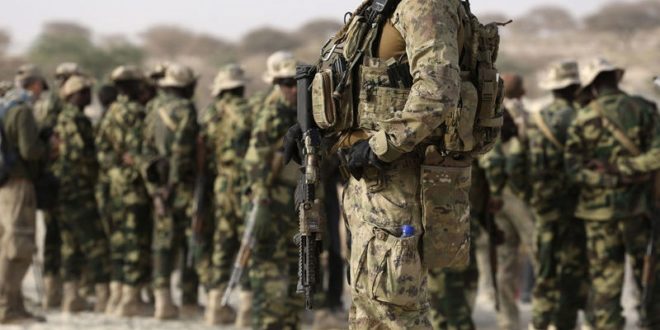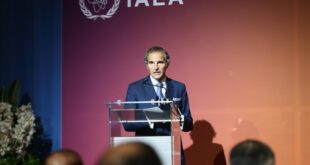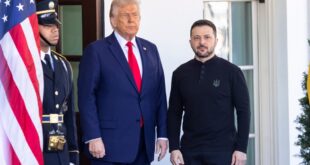According to reports by Kurdish media a source from the Kurdish-led Syrian Democratic Forces (SDF) has revealed that thousands of military personnel of the US-led Global Coalition are present in Syrian Kurdistan and other northern regions of the country.
“Nearly 4,000 troops and military advisors of the anti-Islamic State Global Coalition are present in Syria. Besides Americans, there are also German, British and French troops,” the source told BasNews, seeking anonymity for security reasons.
The Coalition forces have been actively fighting alongside the SDF fighters against the Islamic State militants, and have set up more than 10 military installments and airbases across the Syrian Kurdistan (also known as Rojava), according to the source.
He pointed out that the Coalition personnel, apart form fighting the Islamic State, provides the SDF forces with military training to help them with their battle against extremist groups.
As reported by Reuters, US officials previously said the Pentagon is likely to soon acknowledge that 2,000 US troops are present in Syria, instead of 500 as it was stated before. The officials also said that the announcement of the increased number does not signify troop increase, just a more accurate count, as the numbers often fluctuate.
Both these reports are important as conflicting reports are coming from the American media, quoting various unnamed officials. However, US president Donald Trump in his recent telephone conversation with his Turkish counterpart Erdogan stated that the US will stop providing weapons for the Syrian Kurds – a thorny issue in the relations between two countries. Turkey considers certain elements of Syrian Kurds such as YPG an extended arm of the Turkish Kurdistan Workers Party (PKK) – a designated terrorist organization in both US and Turkey.
The announcement was met with cheer by Turkish officials, yet some caution is warranted, some experts maintain, as the US seeks to both appease Turkey as a long-term ally increasingly leaning towards Eurasian bloc, without alienating and abandoning Syrian Kurds and American interests in Syria.
However, some analysts have noted the wording of cutting ‘direct supply’ and allowing for ‘supply via SDF’ as a warning sign and urged Turkey to be cautious about trusting American promise on stopping weapons supplies to Kurds. In addition, it is believed that the Syrian Kurds have already been supplied with more than sufficient weaponry to equip an army, what is lacking is more active US support in establishing a Kurdish enclave along Syrian borders with Turkey.
The Kurdish enclave is what worries Turkey and is one of the major sources of tension in US-Turkey relations, apart from the failed coup last year, for which Turkey holds responsible certain elements in the US.
The United States on the other hand are announcing their intention to keep American troops in Nothern Syria and continue working with Syrian Kurds, in order to pressure Syrian president Bashar al-Assad to make concessions during upcoming round of Geneva talks. Many analysts believe that US has little leverage left since the military victory was decisively won by the Syrian Arab Army with the help from its allies, Russia and Iran, leaving US as a mere observer.
Syrian President Assad has already announced that he is willing to make concessions and negotiate with all elements of Syrian society. This was also confirmed last Monday during his surprise visit to the Russian Black Sea resort of Sochi, where he met president Putin and Russian military officials. The meeting was closely followed by a trilateral summit of heads of Russia, Iran and Turkey – three guarantors of Syrian ceasefire and de-escalation zones.
Both meetings have confirmed that the four heads of state are cooperating on ending Syrian war and moving towards a final political settlement. Considering that the US and Russia have reportedly drafted a new Syrian constitution, likely to be presented during next round of Geneva negotiations, on November 28, where the Syrian opposition will be presented by a single delegation – formed in Riyadh on November 24 – all signs are there that all major players are in agreement that the Syrian conflict has come to an end from the military perspective, due to terrorist defeat in most parts of the country.
The upcoming peace conferences in Geneva, Sochi and Astana are to produce the necessary diplomatic and legal frameworks for the final political settlement.
So what is the best thing for the Trump administration to do in Syria after peace agreement has been reached?
Perhaps a policy of peace that the US has never tried in the region – withdrawal of the troops and investment in rebuilding of the infrastructure and broken societies through developmental, cultural and educational programs.
 Geostrategic Media Political Commentary, Analysis, Security, Defense
Geostrategic Media Political Commentary, Analysis, Security, Defense





